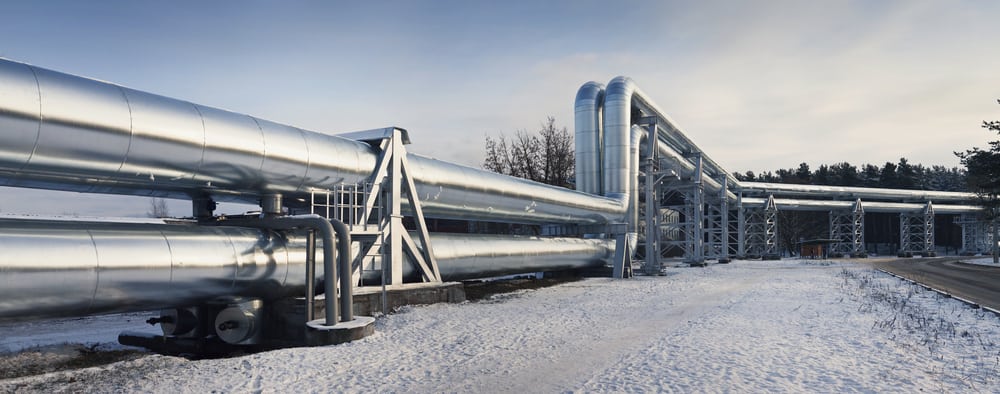July 18, 2018
Manage Non-Productive Assets and Exceed Compliance

In 2014, the company saved over $1,000,000 in taxes by downgrading or decommissioning pipelines
Pipeline data is shared across business units with Pipeline Integrity Manager
As an industry leader in pipeline integrity, a large Canadian oil and gas producer implemented Cenozon’s Pipeline Integrity Risk Manager (PIRM) software in 2005. Looking for better information about their infrastructure, they began using it to understand connectivity of acquired infrastructure, manage corrosion in an aging network, understand risk, remain compliant and manage non-productive assets.
An ERP Operations Lead at the company says “With the software in play, different business units can use the data from the same tool rather than each creating and maintaining a distinct data set for their unique purposes.
Managing Non-Productive Assets Can Be a Challenge
Prior to PIRM, non-productive assets were not always easy for the company to manage in a timely manner. With PIRM, however, the Schematics software syncs with production data to display flow status, and the software flags pipelines that are associated with producing wells. If a well shows no production for longer than 1 month the system raises a flag, and that alert is repeated at 6 and 12 months. Knowing early that a line is “inactive” allows team members to verify no-flow and execute appropriately to remain in compliance.
Stop Paying Tax on No Flow
Using PIRM, it is now possible to keep production status current, with the added benefit of substantial tax savings.
Downgrading status leads to savings of up to 90% over a producing state, and a reclaimed pipeline ROW is exempt from tax. In 2014, the company saved over $1,000,000 in taxes by downgrading or decommissioning pipelines, demonstrating that keeping status current leads to significant cost reduction, particularly when viewed over a period of year.
